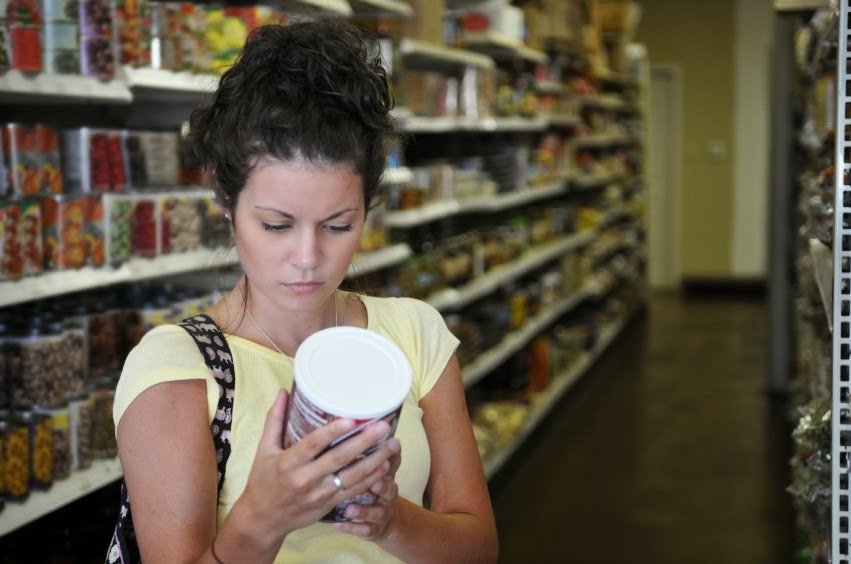How the U.S. manages to waste $165 billion in food each year

With people dying of starvation around the world, the California drought, plus all that fresh water, land, fertilizer and energy wasted, AND yet we still have an obesity epidemic?? You have to say . . . . WTF By Brad Plumer Each year, about 40 percent of all food in the United States goes uneaten. It's just tossed out or left to rot. And that's a fairly large waste of resources. All that freshwater and land, all that fertilizer and energy — for nothing. By one recent estimate, Americans are squandering the equivalent of $165 billion each year by rubbishing so much food. But these statistics don't tell the full story. How does the food actually get wasted? For that, here's a new report from the Natural Resources Defense Council that tries to track food waste up and down the system, from "farm to fork." 1) Farming: Roughly 7 percent of the produce that's grown in the United States simply gets stranded on fields each year. Some growers plant mo...




